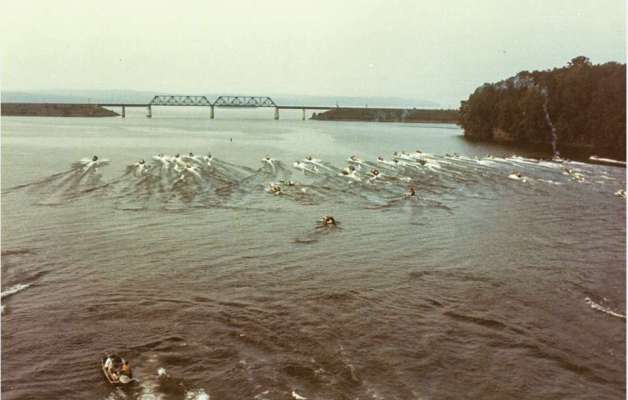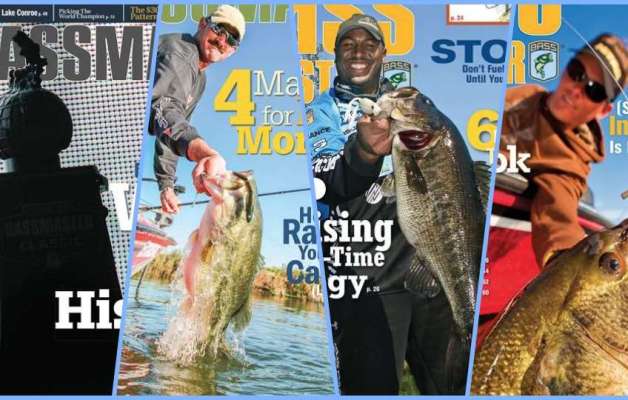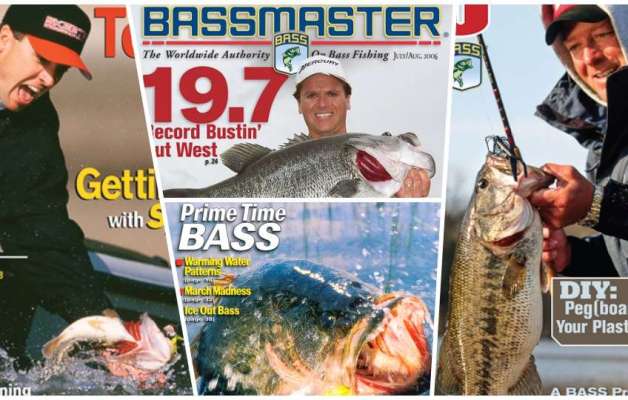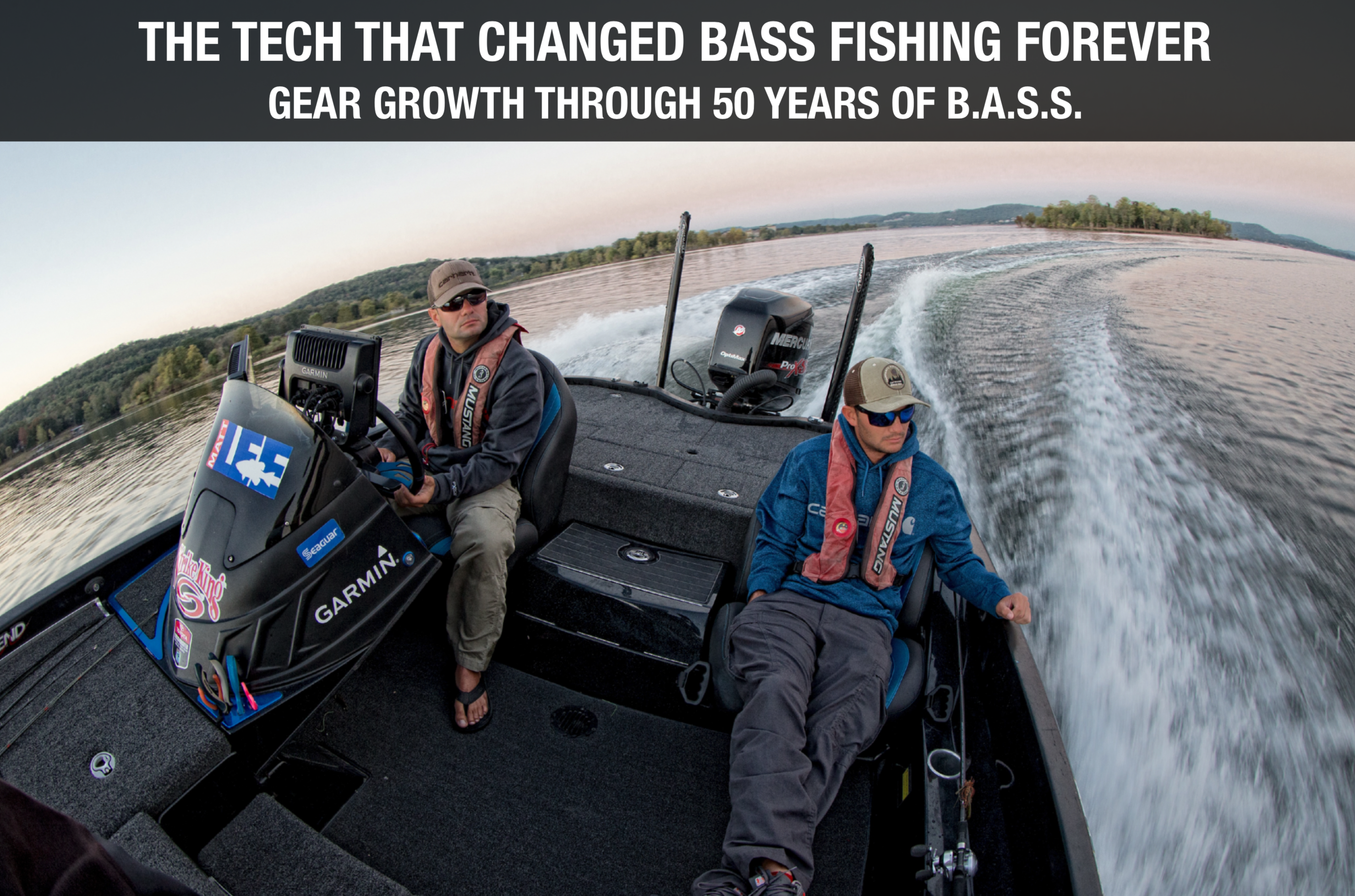
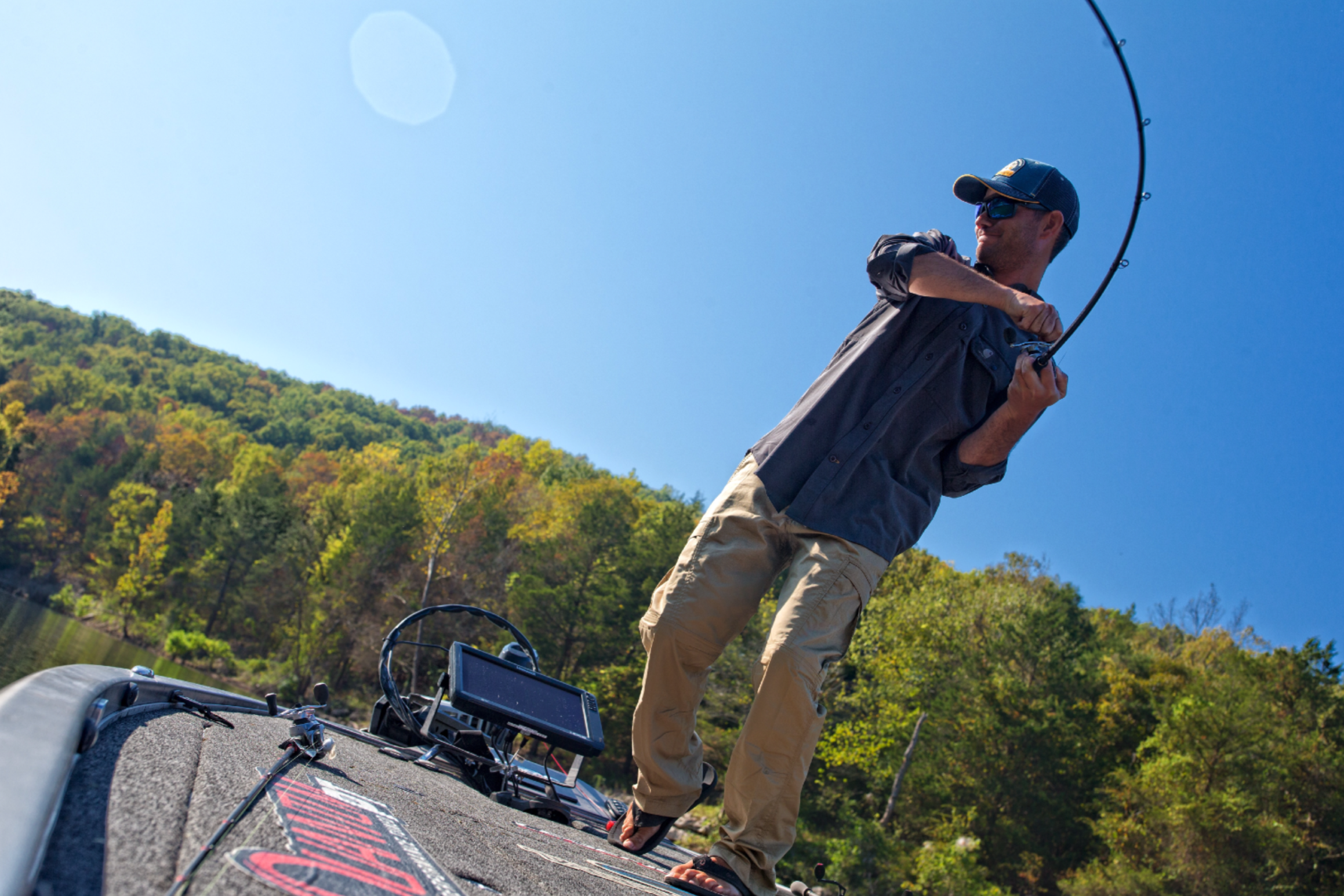
About 50 years ago, the first fiberglass rod hit the market. At the time, there were only three powers: light, medium and heavy.
In the 1970s, the rod market exploded with the popularity of tournament bass fishing. Today, rods on the shelves of any tackle shop are highly specialized. With varying components, speeds, tapers and more, most modern rods are technique-specific.
Over the past decade, design features like split grips, micro guides and more have further enhanced the rods used in tournaments and on farm ponds, alike.
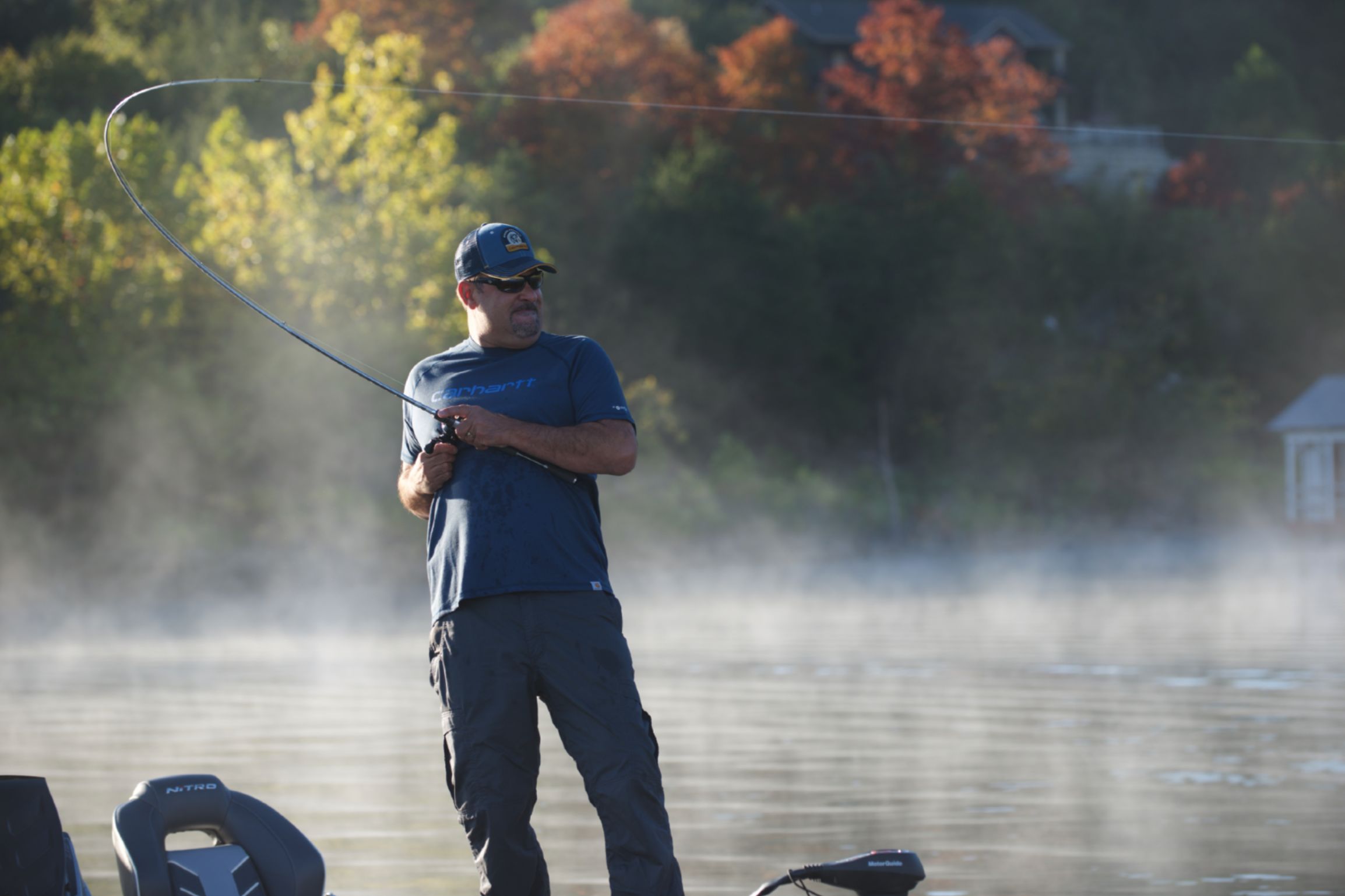
Flourocarbon was, by most accounts, invented in the late 1960s, but didnât become popular until the 1990s. It married the transparency and stretch qualities of mono with superior strength.
Today, itâs arguably the most popular line choice among anglers.
Late in 1996, the introduction of Berkley FireLine braid gave anglers unmatched strength and sensitivity in thinner line diameters, only at the cost of visibility. The popularity of braided line exploded and numerous offerings followed.
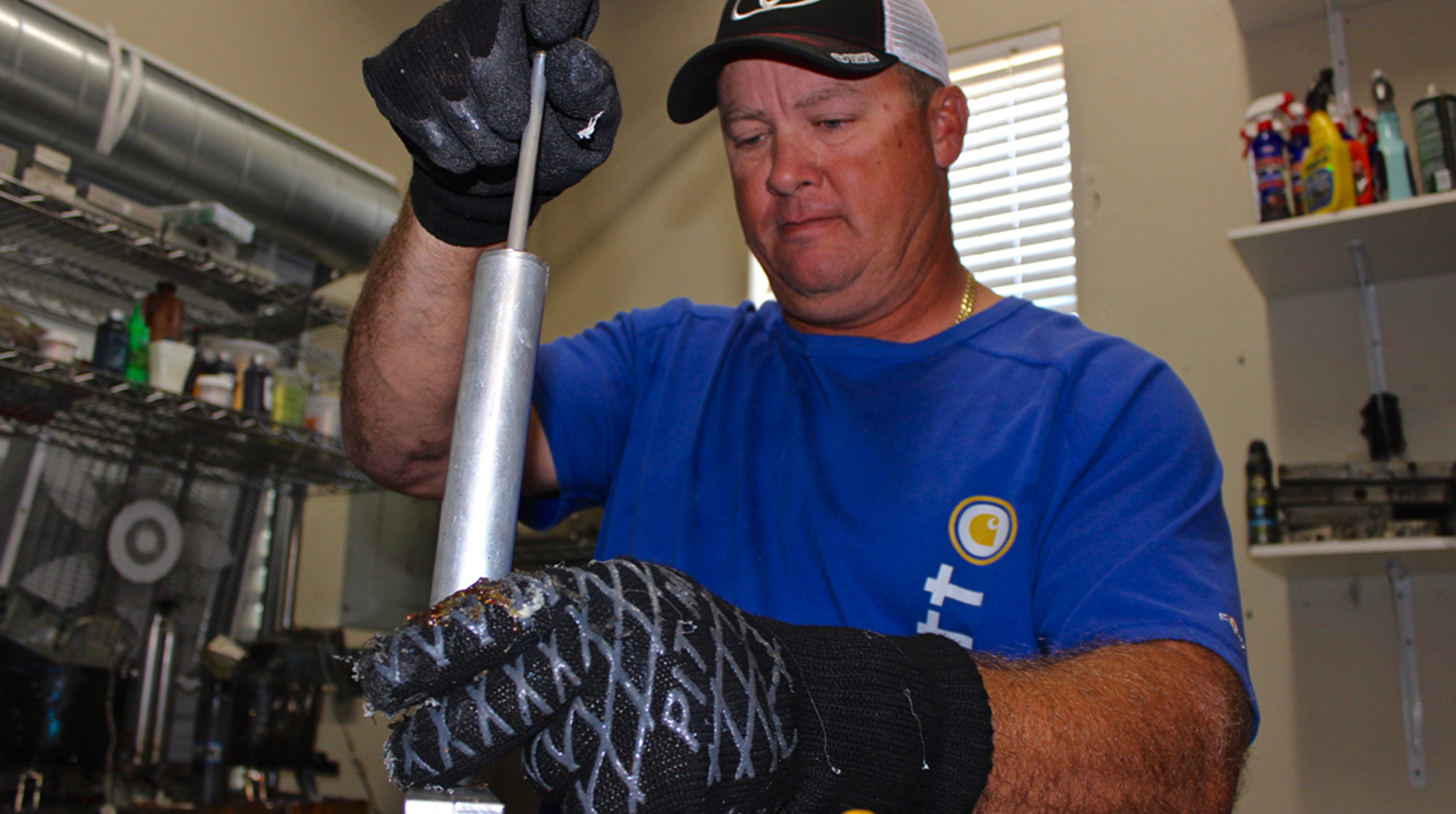
The Senko is generally accepted as the first modern-era bait to create radical change in the fishing world. In more recent years, the technology behind deep-diving crankbaits, vibrating jigs and the umbrella rig continue to alter the bass fishing landscape.
Many anglers push themselves to create new and improved baits and presentations. Terry Scroggins mixes old with new, and shares some wisdom on showing love to older lures. âThereâs a ton of new stuff out there thatâs great,â he says. âBut as I always say, when baits get forgotten they become new again.â
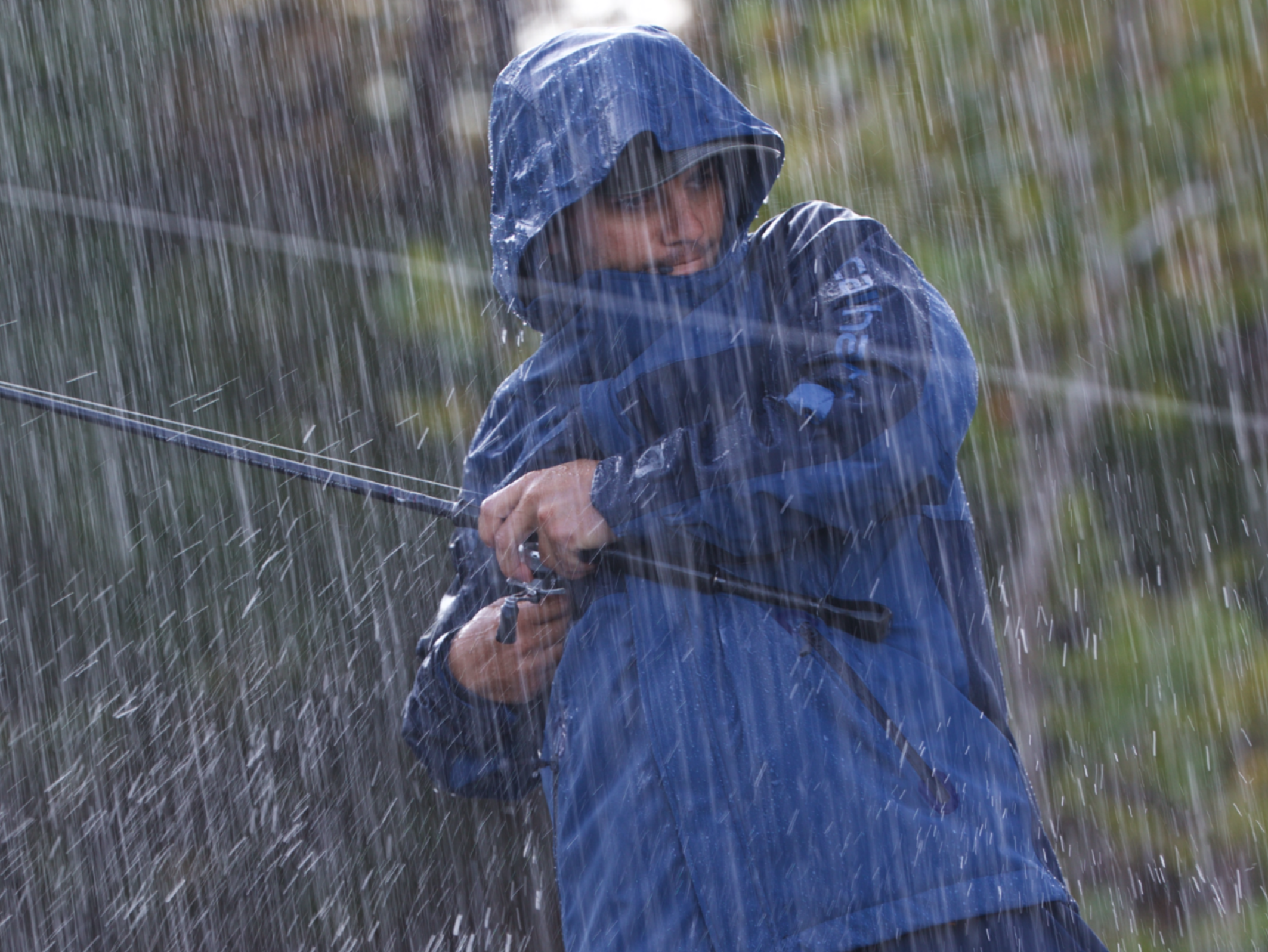
In that regard, improvements to fishing apparel canât go unmentioned. Forget the collared tournament jerseys and rubberized rain gear of old. Todayâs apparel is super-technical and made to provide comfort in any conditions.
Two-time Bassmaster Classic champ Jordan Lee attributes his ability to stay on the water for 15-plus hours at a time to his Carhartt fish gear. âMy days on the water are rain or shine,â says Lee. âAs far as rain gear goes, the new Carhartt Storm Defender suit is as good as it gets. The only way I can stay dialed in to the fish is if I’m comfortable on the water.â
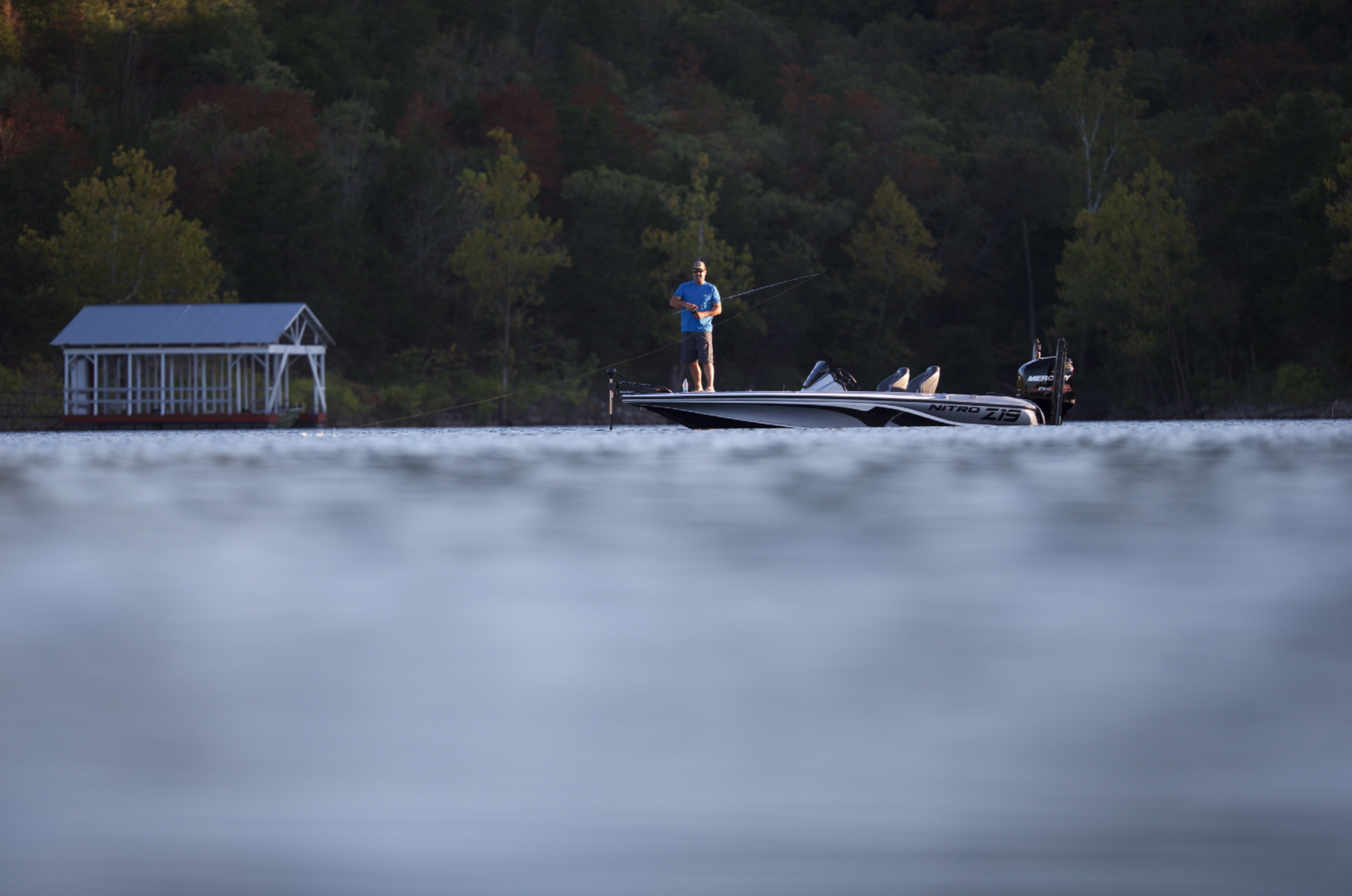
Length (feet): 17 vs. 22,
Horsepower: I/O 90 vs. Outboard 250,â¨
Top Speed (mph): 37 vs. 70+,
Electronics: Flasher vs. GPS/Sonar/3D Imaging, Shallow Water Anchors: No vs. Yes.
Trolling Motor Power: ~45 pounds vs. 110+ pounds.
The evolution of the bass boat has enabled todayâs tournament anglers to cross state lines during events and make single-day runs of 100 miles or more. Modern boats are also far safer in big water like the Great Lakes, and have drastically improved fish care.
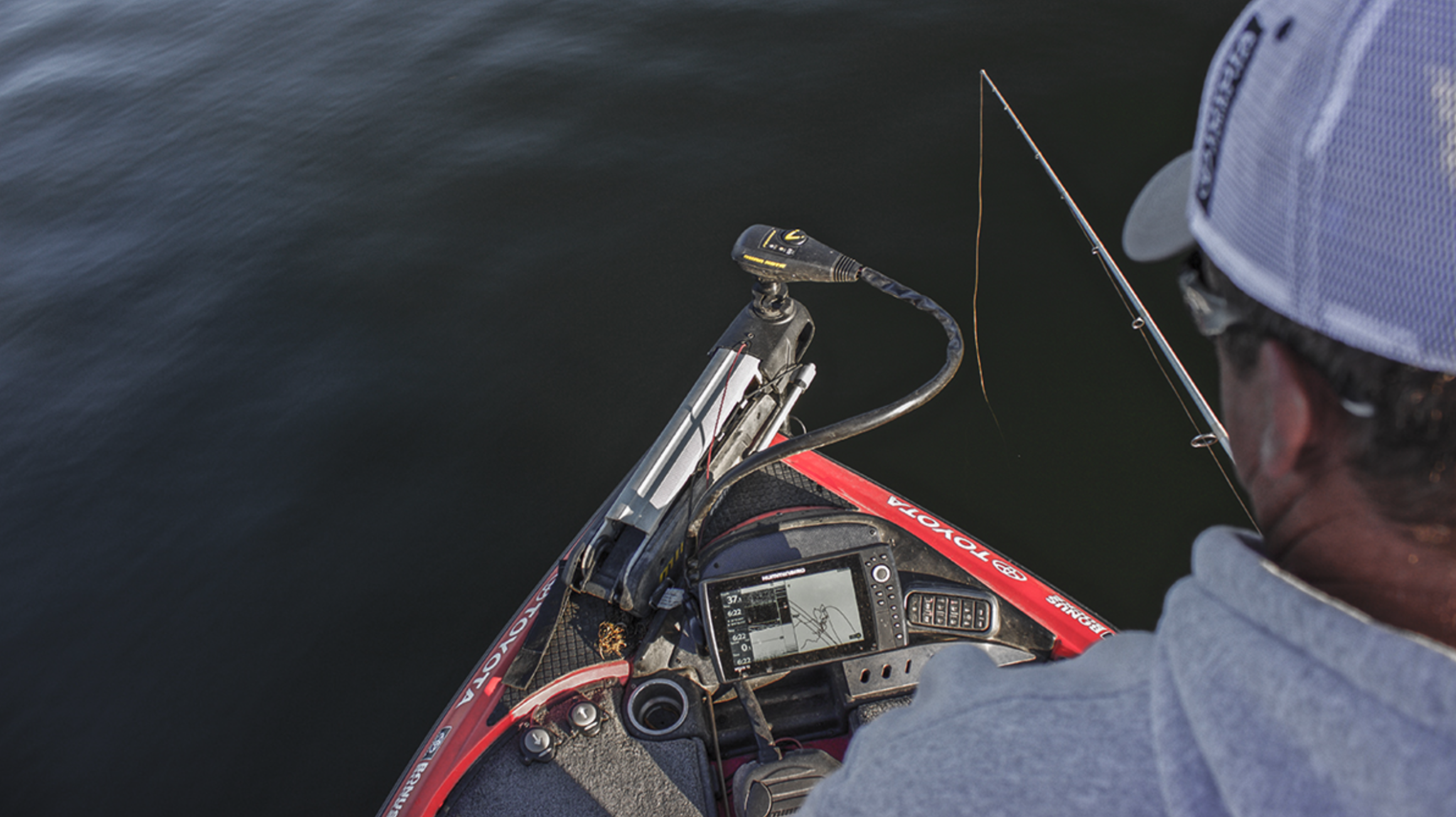
Advancements from key players like Lowrance, Humminbird and Garmin have led to innovations that have enhanced our view of fish from the green lines of old-school flashers to the high-functioning sonar/GPS units of today, complete with 3D down- and side- imaging.
New breakthroughs allow anglers to see fish activity in front of the boat in real-time. Anglers can track their lureâs approach to targeted bass and even watch the bite happen.
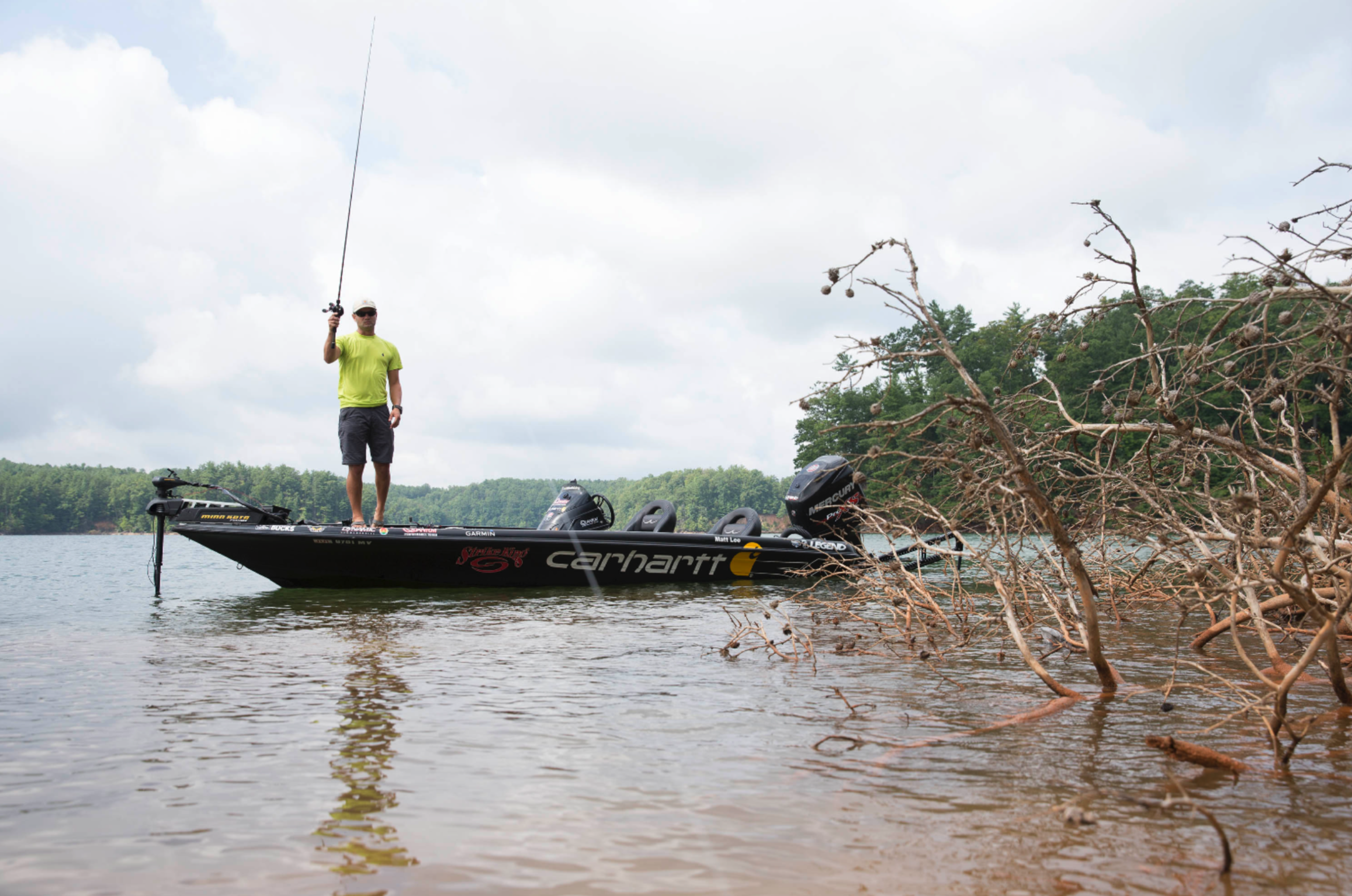
Gone are the days of a hundred yards of braided yellow nylon rope attached to a coffee can filled with cement.
Shallow-water anchors from Power Pole and Minn Kota have revolutionized boat positioning and fishing in skinny-water situations. With the touch of a button, a 6- to 15-foot spike securely anchors the boat while making minimal noise.
The invention of the shallow-water anchor has greatly improved anglersâ ability to fish for spawning bass and dissect shallow cover.
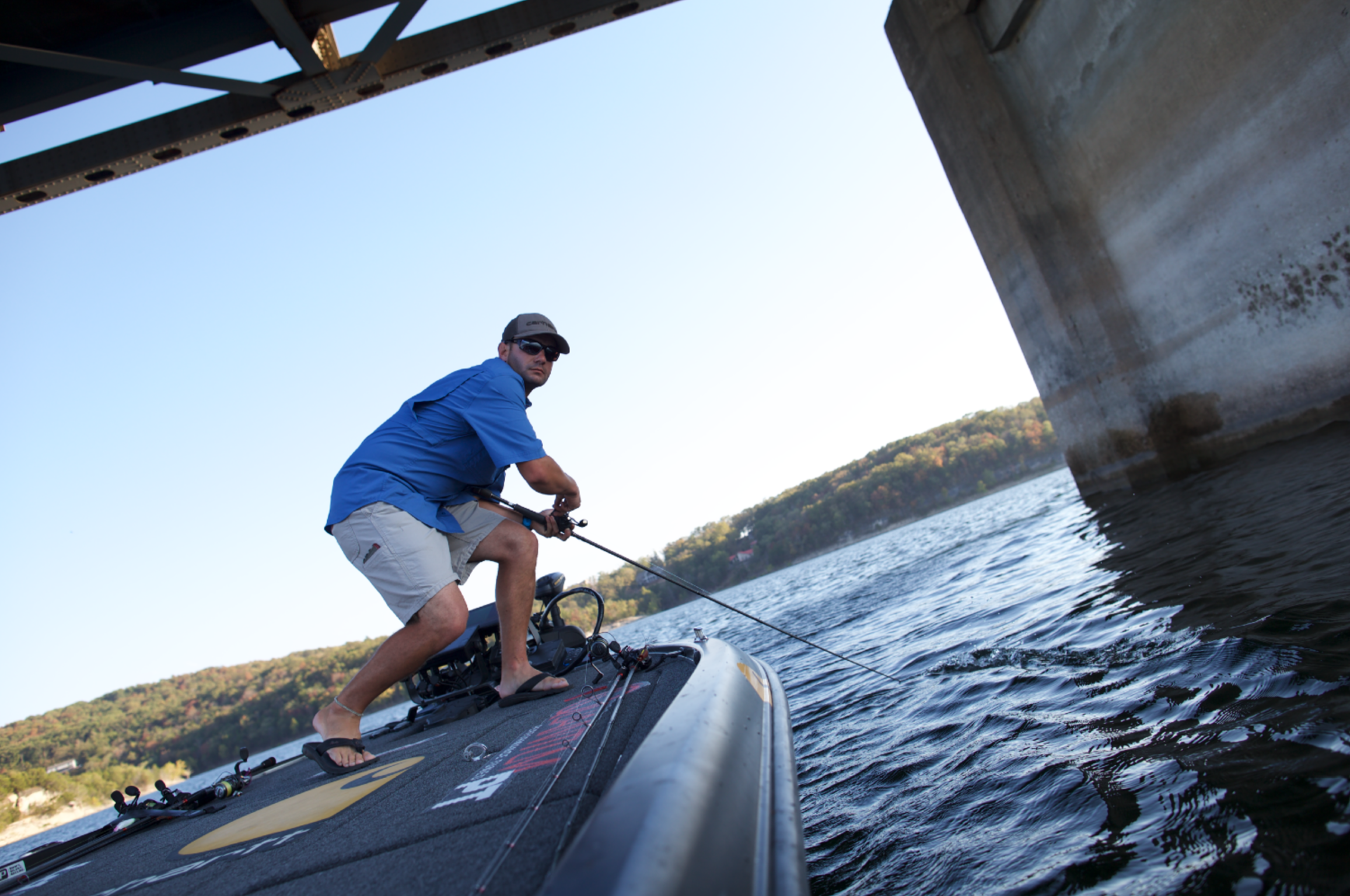
Forage mimicking noisemakers like the Hydrowave added an element to that mission that was never before thought possible.
With a dozen or more settings, the Hydrowave emits natural sounds like baitfish being fed upon or crawfish scurrying across gravel. If youâre trying to fire up a pelagic school, or simply cover your trolling motor noise, the Hydrowave can be a game changer.
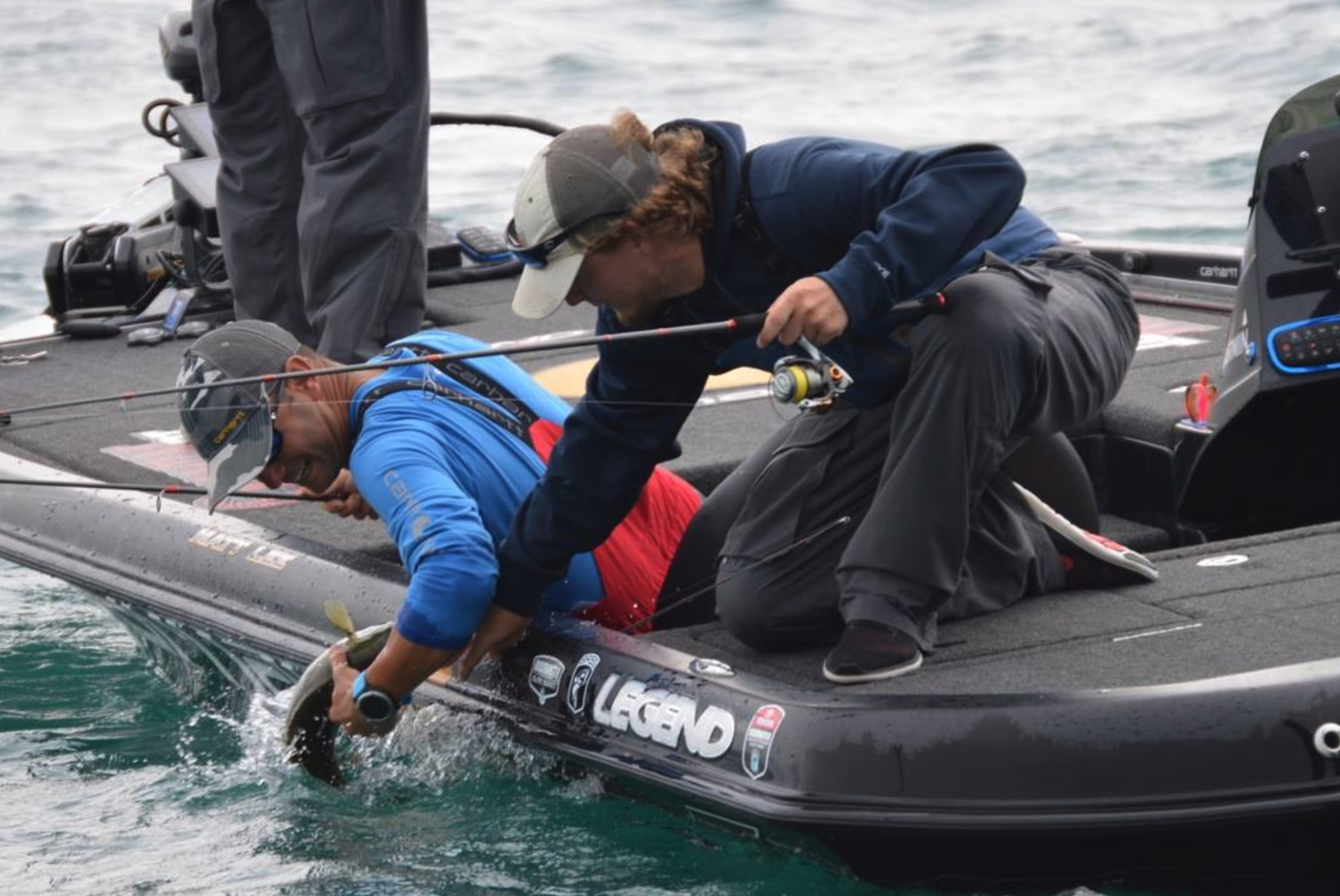
New models took the evolution of trolling motors one step further. New features use GPS technology in sync with the trolling motorâs internal system to hold the boat in place without any effort from the angler.

On and off the water, and always at the fingertips of todayâs anglers, the Internet has reshaped how anglers learn and watch the sport of fishing.
Just 15 years ago, anglers relied solely on their on-the-water experience, printed copies of Bassmaster magazine, or the occasional weekend TV show to learn fishing techniques and strategies. Today, resources such as Bassmaster.com, web blogs, podcasts, YouTube and more make learning the basics of specific techniques effortless and almost instant.
Bassmaster LIVE leveraged the growing capabilities of the Internet to do something the sport had never seen on a formal scaleâlive coverage of events. Generating hundreds of thousands of views, spectators can now follow top trails in real time.
The future of fishing as a nationally recognized sport is growing largely to the improvements LIVE made to the fan experience.

